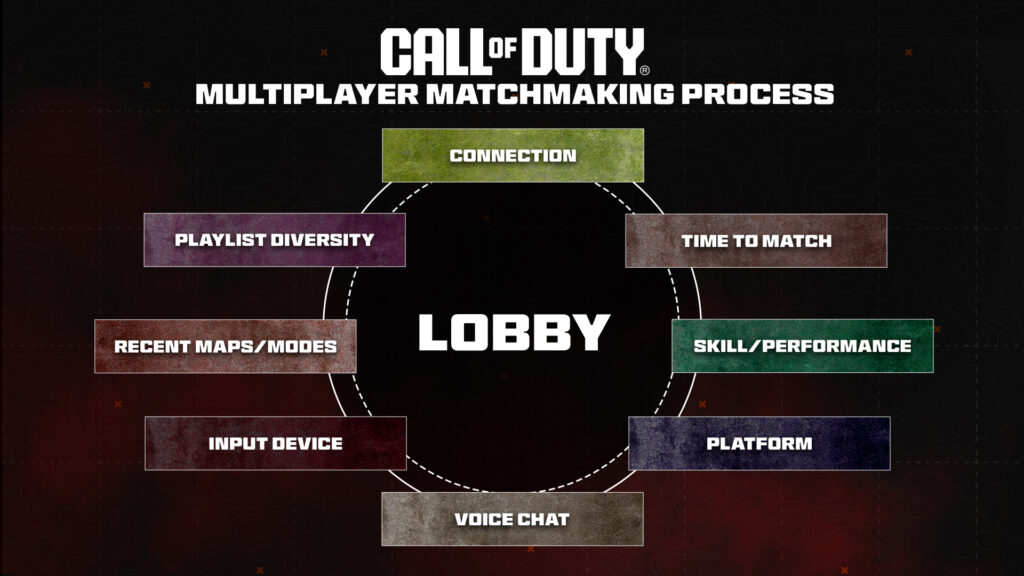
Scopely, the developer behind MONOPOLY GO! and Stumble Guys, has announced its acquisition of Niantic’s games business for $3.5 billion, plus an additional $350 million cash distribution from Niantic. This deal includes popular titles like Pokémon GO, Pikmin Bloom, and Monster Hunter Now, along with their respective development teams.
Niantic cites Scopely’s expertise in live services, working with major IPs, and community focus as key factors in the acquisition. They assure players that the games will continue to receive long-term support and investment from Scopely, driven by the existing development teams.
Detailed information about the acquisition can be found on the Scopely blog, including messages from Scopely’s co-CEOs and the Pokémon GO team lead.
Simultaneously, Niantic will spin off its geospatial AI business into a new company, Niantic Spatial, led by John Hanke. This new venture will be funded with $250 million, including $200 million from Niantic’s existing funds and a $50 million investment from Scopely.






